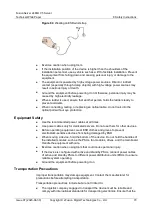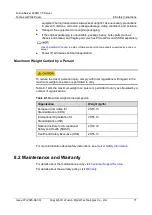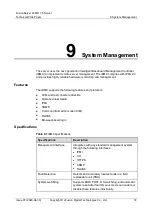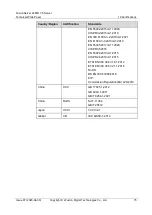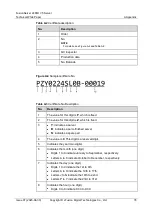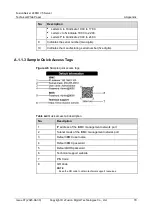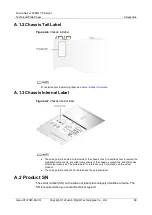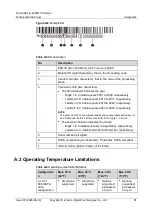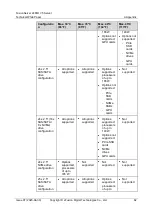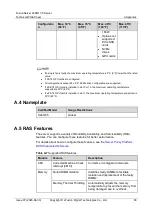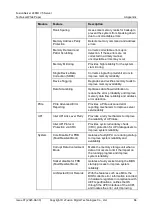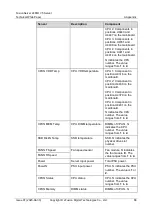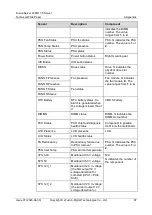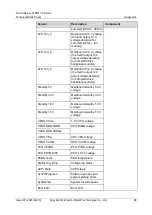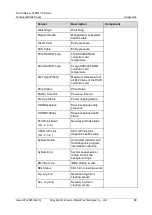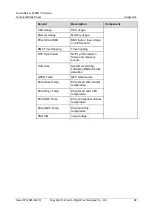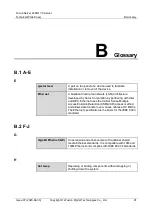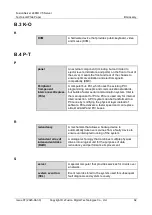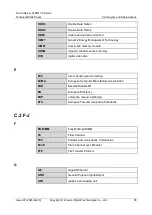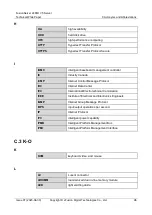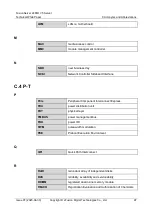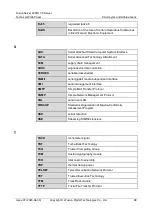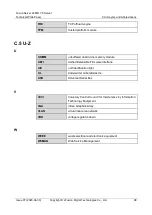
FusionServer 2488H V5 Server
Technical White Paper
A Appendix
Issue 07 (2023-04-30)
Copyright © xFusion Digital Technologies Co., Ltd.
84
Module
Feature
Description
Rank Sparing
Uses some memory ranks for backup to
prevent the system from breaking down
due to uncorrectable errors.
Memory Address Parity
Protection
Detects memory command and address
errors.
Memory Demand and
Patrol Scrubbing
Corrects correctable errors upon
detection. If these errors are not
corrected in a timely manner,
uncorrectable errors may occur.
Memory Mirroring
Provides high reliability for the system
via mirroring.
Single Device Data
Correction (SDDC)
Corrects single-chip multi-bit errors to
improve memory reliability.
Device Tagging
Degrades and rectifies memory faults to
improve memory availability.
Data Scrambling
Optimizes data flow distribution to
reduce the error probability and improve
memory data flow reliability and address
error detection.
PCIe
PCIe Advanced Error
Reporting
Provides a PCIe advanced error
reporting mechanism to improve server
serviceability.
UPI
Intel UPI Link Level Retry
Provides a retry mechanism to improve
the reliability of UPI links.
Intel UPI Protocol
Protection via CRC
Provides cyclic redundancy check
(CRC) protection for UPI data packets to
improve system reliability.
System
Core Disable For FRB
(Fault Resilient Boot)
Isolates a faulty CPU core during startup
to improve system reliability and
availability.
Corrupt Data Containment
Mode
Marks the memory storage unit when a
data error occurs to limit the impact on
the running program and improve
system reliability.
Socket disable for FRB
(Fault Resilient Boot)
Isolates a faulty socket during the BIOS
startup process to improve system
reliability.
Architected Error Records
With the features such as eMCA, the
BIOS collects error information recorded
in hardware registers in compliance with
UEFI specifications, notifies the OS
through the APEI interface of the ACPI,
and locates the error unit, improving

